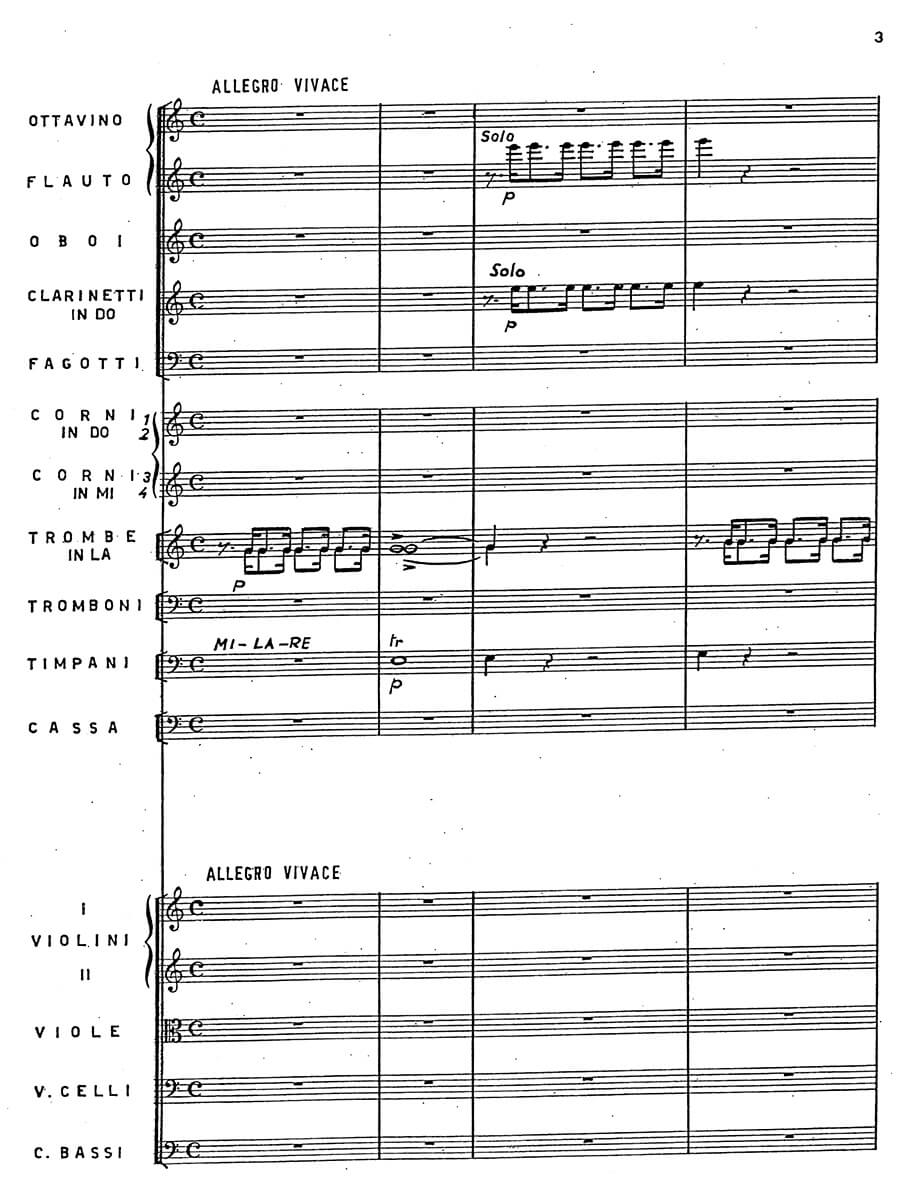Marin Faliero overture
Donizetti, Gaetano
26,00 €
Preface
Gaetano Donizetti – Sinfonia to Marino Faliero (1835)
(b. Bergamo, 29. November 1797 – d. Bergamo, 8. April 1848)
Donizetti’s fame rests on three operatic masterpieces and a group of less performed works that nowadays occasionally appear on theatres’ billboards, or, as a result of special pleading, receive a revival at a specialist festival. His comedies L’elisir d’amore (1832) and Don Pasquale (1843), and his Walter Scott opera seria Lucia di Lammermoor (1835) are firmly established in the repertory, while Maria Stuarda (1835), Roberto Devereux (1837) and La fille du régiment (1840) might represent the advance guard of a small army of also-rans that have increasingly enjoyed more frequent performances in the last 60 years or so. Marino Faliero was Donizetti’s 50th opera – in an output that runs to nearly 70 such works – and was first performed in Paris on 12th March 1835. Both this work and Bellini’s I Puritani had been commissioned by Rossini for presentation at the Théâtre Italien in the French capital, although it was Bellini’s opera that received the loudest plaudits then, and since. Nevertheless, Marino Faliero had a wide circulation in the Nineteenth Century, being performed in London, Florence, Venice, New Orleans and New York, to name only the most important venues. It disappeared from the repertory after 1900, but revivals in Donizetti’s home city of Bergamo in 1966 and 2008 have done worthwhile work in rescuing the opera’s reputation.
The historical Marino Faliero (1285 – 1355) was a disgraced Doge of Venice; his portrait in the Hall of the Great Council in the Doge’s Palace was painted over with a black shroud. It can still be seen in this form in the Hall today, accompanied by a Latin tag which translates as ‘Here is the place of Marino Faliero, beheaded for his crimes.’ Faliero’s infamy relates to his attempted coup d’état of 1355; although he was already Doge of Venice, he intended to declare himself Prince. His attempt failed, probably because of the strong Venetian hatred of the nobility, but also because of his frailties as an old man (he was 70 at the time). He pleaded guilty to all charges and was executed – an event famously depicted many centuries later in the painting by Delacroix. …
Read full preface / Komplettes Vorwort lesen > HERE
Score Data
| Edition | Repertoire Explorer |
|---|---|
| Genre | Orchestra |
| Size | 210 x 297 mm |
| Printing | Reprint |
| Pages | 84 |
